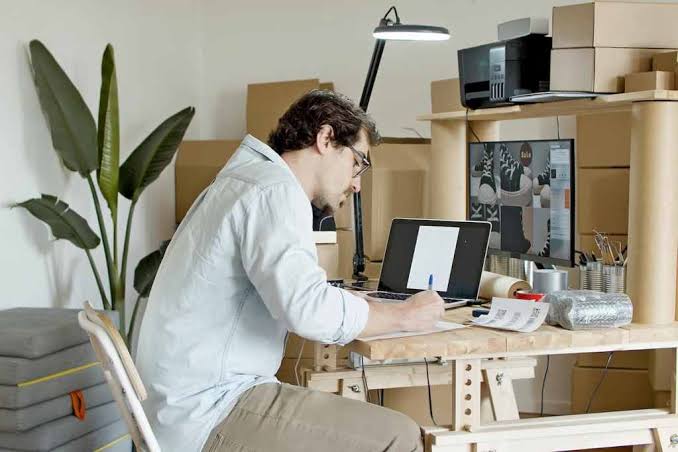Creating a productive workspace environment is essential for enhancing focus, improving efficiency, and maintaining motivation throughout the day. Whether you work from home, in a corporate office, or a shared coworking space, the design and organization of your environment can significantly influence your performance. By implementing intentional strategies, you can turn your workspace into a hub of creativity and productivity.
Choosing the Right Location
The location of your workspace plays a major role in your overall output. For home workers, selecting a quiet spot away from household noise can help reduce distractions. If you work in an office, positioning yourself in an area with minimal foot traffic can also make a difference. Natural light is a major productivity booster, so try to set up near a window whenever possible. Adequate lighting reduces eye strain and enhances mood, making it easier to stay focused for long periods.
Decluttering for Mental Clarity
A cluttered space can lead to a cluttered mind. Keeping your workspace tidy promotes mental clarity and reduces stress. Organize your desk so that only the essentials remain within reach, while unnecessary items are stored away. Using trays, shelves, and drawer organizers can help maintain order.
Key practices for decluttering include:
- Clearing your desk at the end of each day
- Sorting paperwork into labeled folders
- Using minimal decorative items to avoid visual overload
Ergonomic Furniture for Comfort
Your physical comfort directly impacts productivity. Investing in ergonomic furniture, such as an adjustable chair and a desk at the right height, can prevent fatigue and musculoskeletal issues. The positioning of your computer screen should align with eye level to avoid neck strain. Additionally, using a footrest, wrist supports, and a keyboard tray can make long working hours more comfortable.
Incorporating Technology Wisely
While technology is essential for modern work, it can also become a source of distraction. Arrange your workspace so that your devices are positioned for efficiency. Keep your primary work tools within easy reach and use productivity apps to manage tasks. Limiting non-work notifications and setting specific times to check emails can help maintain focus.
Personalizing for Inspiration
Adding personal touches can make your workspace more inviting and inspiring. This may include framed photos, motivational quotes, plants, or artwork that resonates with you. However, moderation is key to avoid clutter. A few carefully chosen items can create a sense of belonging and positivity, which in turn fuels motivation.
Optimizing for Organization
An organized workspace improves workflow and reduces wasted time. Creating designated zones for specific activities can be helpful. For example, one area could be for computer work, another for brainstorming or reading, and a small section for quick meetings or calls. Using wall calendars, whiteboards, or digital planning tools can keep tasks visible and deadlines on track.
Maintaining a Healthy Environment
The quality of your workspace environment extends beyond organization. Good air quality, proper ventilation, and comfortable temperature settings are crucial for staying alert. Incorporating plants not only enhances aesthetics but also improves air quality. Staying hydrated by keeping a water bottle nearby is another simple way to maintain physical well-being while working.
Minimizing Distractions
Distractions can quickly derail productivity. Identify common interruptions in your workspace and implement measures to reduce them. This may involve noise-canceling headphones, privacy screens, or setting clear boundaries with colleagues or family members. Establishing specific work hours and communicating them to others can help create uninterrupted time blocks.
Creating a Routine Around Your Workspace
A productive environment is supported by consistent routines. Begin your workday by tidying your desk, reviewing priorities, and setting goals. Taking short breaks every hour helps maintain energy and focus. At the end of the day, return your workspace to its organized state, ready for the next session.
Balancing Comfort and Professionalism
While it’s important to make your workspace comfortable, it should also promote professionalism. Avoid creating an overly relaxed environment that could reduce your drive to work. Striking the right balance ensures that you remain in the right mindset to be productive while still enjoying your workspace.
By carefully planning, organizing, and personalizing your workspace, you can create an environment that promotes efficiency, minimizes distractions, and supports long-term productivity. The key lies in maintaining balance between comfort, functionality, and inspiration, allowing you to consistently perform at your best.



